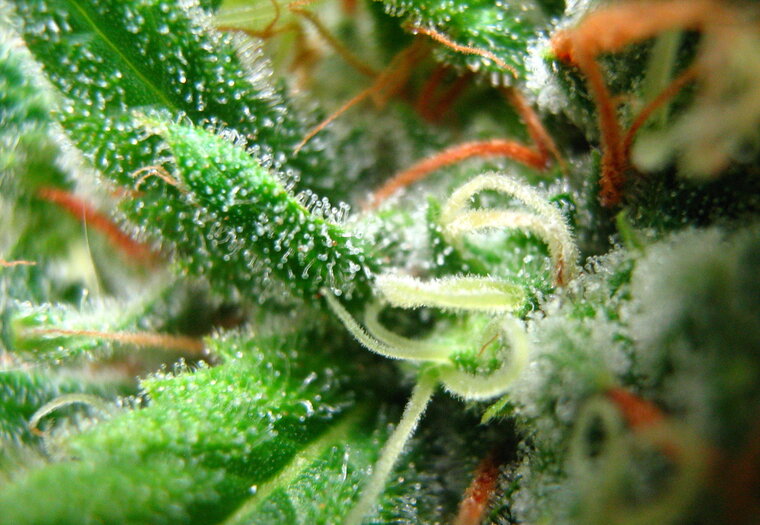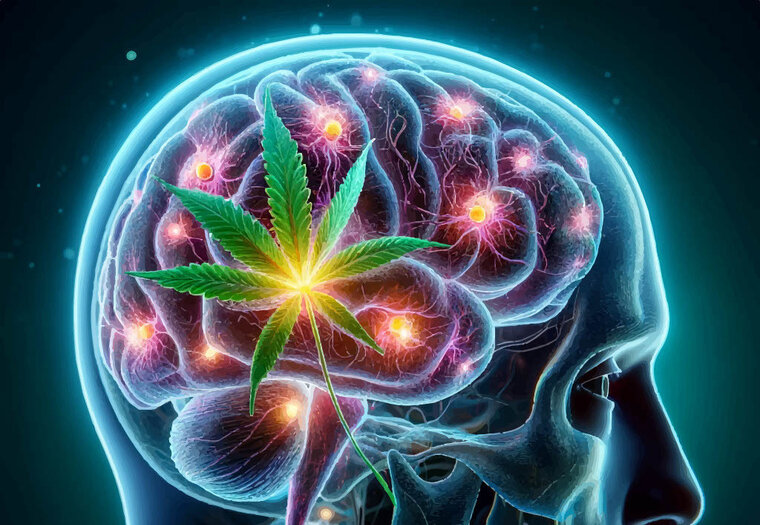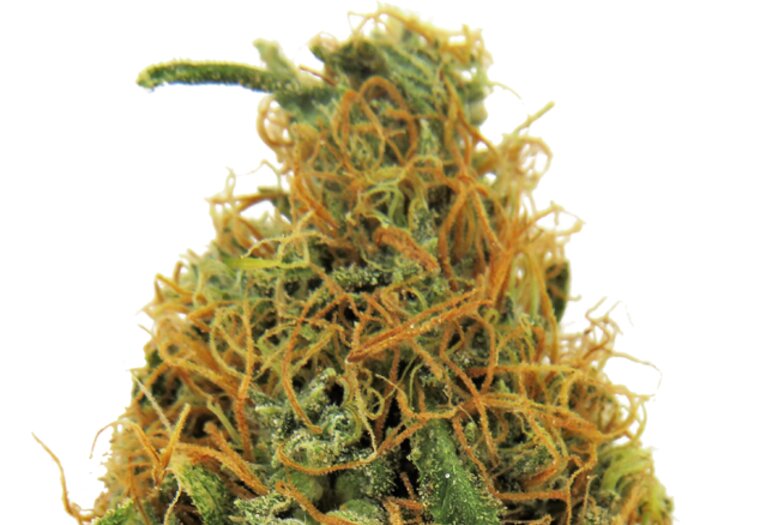
Cannabinoids: What are they?
Both THC and CBD are well-known cannabinoids, but what are cannabinoids exactly? And how do they affect the human body? In this article we’ll give you and introduction to the world of cannabinoids, making sure you have something to tell your friends next time when smoking some weed.
Introduction to cannabinoids
Cannabinoids are the chemical compounds which makes cannabis so interesting. Everybody has heard about the tetrahydrocannabinol (THC) and cannabidiol (CBD) before. THC is the psychoactive compound which makes you high, while CBD is a non-psychoactive chemical compound in cannabis which is known for the therapeutic benefits. But did you know that besides the common two, there are over 100 different cannabinoids in the cannabis plant?
Next to THC and CBD the other cannabinoids are not researched as much. From the current results available there are other compounds which hold big potential for therapeutic applications. For example Cannabigerol (CBG) which shows promising results for bone health and anti-inflammatory effects. Another one you see more often is Cannabivarin (CBV), which is likely to reduce anxiety and seizures.
There are many more interesting examples in the diverse range of cannabinoids found in cannabis. More and more research is done since weed is becoming more accepted and legalized in an increasing amount of countries. As research continues to unravel the potential of these unknown compounds, we may discover more and more potential in our favorite plant.
Now let’s explore the interaction of cannabinoids with the human body.
Cannabinoid receptors in the human body
Cannabinoids interact with the endocannabinoid system (ECS) in the human body. The ESC is like a control panel for your body, which helps to operate both your brain and body. This system is made up of two main parts: CB1 receptors, which are mostly in your brain, and CB2 receptors, which are found more throughout your body.
We were also wondering, but the naming of the endocannabinoid system is not a coincidence. The term "endocannabinoid" is derived from "endo," which means: within the body, and "cannabinoid," refers to the compounds found in the cannabis plant. The ECS was named because of the important role it plays in responding to cannabinoids.
Back to how this system works. When you smoke weed which contain cannabinoids like THC or CBD, these act like messengers, talking to the CB1 And CB2 receptors and telling them what to do. CB1 receptors control things such as mood, thinking, and how you feel pain. CB2 receptors have impact on inflammation and how your immune system works.
The cannabinoids then start a chain reaction inside your cells, changing how they talk to each other. This can affect a bunch of things, like how you feel, how well you think, and how your body fights off infection.
The ECS is always trying to keep your body in balance, so if there's too much cannabinoid activity, the body will step in and reduce the effects. This is why the effects of cannabinoids decrease over time.
So, cannabinoids work by talking to your ECS, which in turn affects a whole bunch of things in your body. This is why cannabis can be used both for pleasure and for medical reasons.
Cannabinoids in cannabis
The difference of cannabinoids varies a lot between strains, which influences the effects of your smoking session. At Coffeeshop Relax we always have our hash and weed strains tested independently, therefore we have collected a lot of information per strain and you can see how much THC and CBD is in each product.
The concentration of cannabinoids, in particular CBD and THC, plays a crucial role in the effects of your weed. Strains which contain a higher concentration of THC will make you high quickly, as this leads to more noticeable psychoactive effects. There are also strains which only contain CBD, which is often used for therapeutic benefits. Most strains contain a combination of both THC and CBD, in which the THC-to-CBD ratio influences your overall experience.
During the growing process of cannabis there are several factors which impacts the plant’s production of different cannabinoids. Light exposure, temperature and the nutrients in the soil play a part, but most importantly the genetic factors.
Understanding the cannabinoid profile of different strains is important when selecting the best fitting strain for your preferences. At Coffeeshop Relax we always like to think along and advise about all our different strains of Hash and Weed available. We are open daily and looking forward to welcoming you!
Written by Open Your Mind










